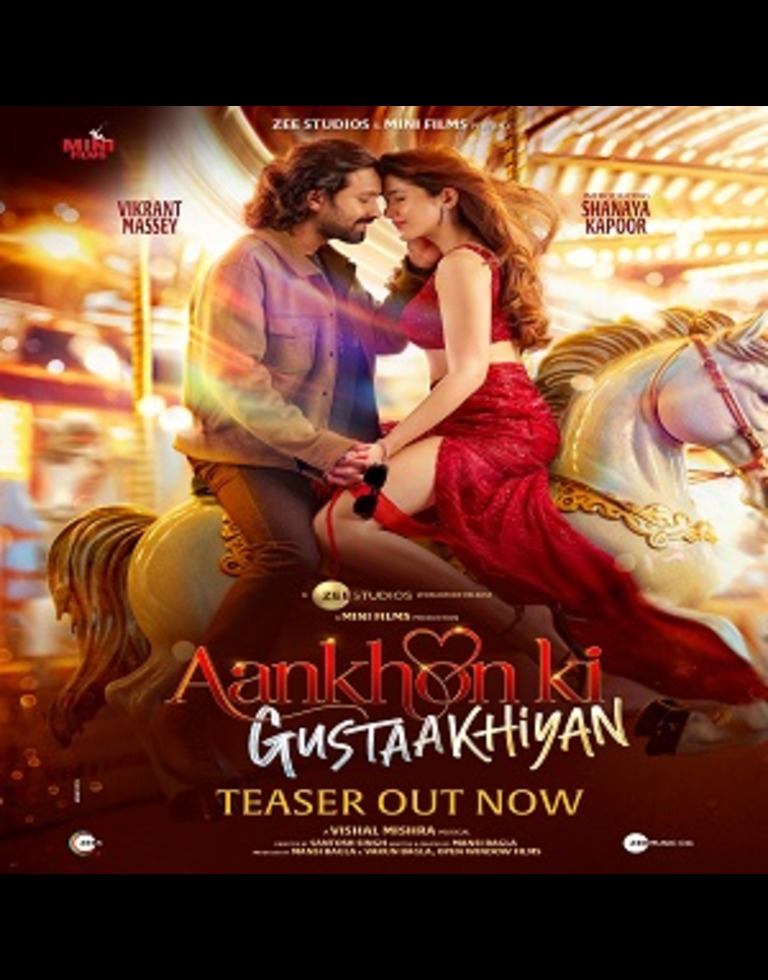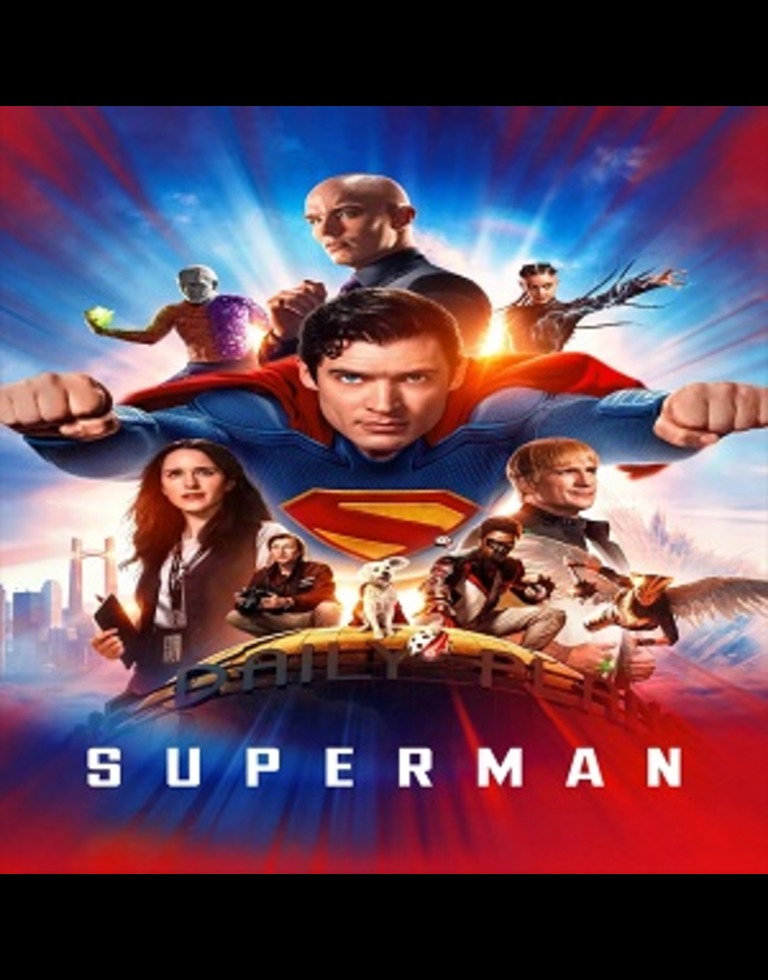
 “Joker” (2024) is an intense psychological drama and a gripping continuation of the iconic character’s story, exploring themes of isolation, societal neglect, and the quest for identity. Directed by a visionary filmmaker, this film serves as both a character study and a poignant commentary on modern society, reintroducing audiences to the enigmatic figure of Arthur Fleck, an individual teetering on the edge of sanity in a world that has cast him aside.
“Joker” (2024) is an intense psychological drama and a gripping continuation of the iconic character’s story, exploring themes of isolation, societal neglect, and the quest for identity. Directed by a visionary filmmaker, this film serves as both a character study and a poignant commentary on modern society, reintroducing audiences to the enigmatic figure of Arthur Fleck, an individual teetering on the edge of sanity in a world that has cast him aside.
The story begins a few years after the events of the previous film, where Arthur Fleck, portrayed once again by a transformative Joaquin Phoenix, has become an almost mythic figure in Gotham. Following a series of violent uprisings inspired by his descent into chaos and madness, the city remains deeply scarred, grappling with the consequences of his actions. With the emergence of a new faction fueled by chaos, Gotham stands on the brink of anarchy, as Arthur’s legacy continues to cast a long shadow.
Arthur, now confined to a mental health facility, struggles with his past actions and the ongoing battle within his mind. Despite the overwhelming guilt and confusion, he finds solace in painting, expressing the turmoil he feels through his art. These haunting portraits, filled with fragmented images of his life and the people he has lost, serve as a form of therapy for him. However, the line between reality and delusion remains thin, and Arthur is often haunted by visions of the Joker, a sinister alter-ego that embodies his darkest desires.
As Arthur’s sessions with Dr. Harleen Quinzel, a compassionate yet ambitious psychiatrist played by a brilliant actress, unfold, the audience witnesses a fascinating dynamic develop between them. Dr. Quinzel believes in the importance of understanding the psyche of those society has discarded, and she seeks to connect with Arthur on a deeper level. Yet, as she learns more about his past and the events that led him to become the Joker, she grows conflicted about how much to push him to confront his trauma. This relationship is central to the narrative, offering an exploration of empathy, morality, and the intricacies of mental health.

Amidst his time in the facility, Arthur learns of a secretive group, calling themselves “The Harlequins,” who idolize the Joker and believe that chaos is the path to true freedom. The group’s increase in activity sparks concern within the institution and Gotham’s community at large. While some view the Harlequins as harmless eccentrics, others see them as an alarming and dangerous sect that seeks to emulate Arthur’s violent legacy. Their actions lead to a series of chaotic protests and riots throughout the city, inadvertently pushing Arthur closer to his past persona.
As tension escalates, Arthur faces a critical turning point. During one of his sessions with Dr. Quinzel, he uncovers buried memories of his childhood, revealing painful truths about his mother that contribute to his fractured identity. This revelation acts as a catalyst, igniting a fire within him as he contemplates reconciling the conflicting parts of his psyche—whether to embrace his role as the Joker or reject the chaos his alter ego represents.
The film escalates when Arthur, feeling increasingly isolated, witnesses a tragedy involving innocent civilians caught in the crossfire of a Harlequin protest. This event acts as a spark, reigniting the anger and despair that have long plagued him. In a moment of catharsis, he decides to break free from the confines of the facility, setting the stage for a gripping climax as he plots to reclaim his identity—no longer a victim, but a force of reckoning.
Returning to Gotham, Arthur is met with a city on fire, not just in the literal sense but also in a metaphoric explosion of chaos and anarchy as the Harlequins escalate their operations. The citizens of Gotham find themselves torn between following the Joker’s chaotic philosophy and aspiring for order and peace. In a series of powerful and visually striking sequences, Arthur sheds his old self, embodying the Joker in all his neon-infused madness.
In a pivotal public address, Arthur, now fully embracing his role as the Joker, calls out the societal injustices that have contributed to his and others’ suffering. His fiery rhetoric resonates with the disillusioned citizens, further escalating the chaos in Gotham. The film’s dramatic climax pits Arthur against law enforcement and vigilantes trying to restore peace, leading to a spectacular showdown that reflects his internal battle as much as the external chaos surrounding him.
Ultimately, “Joker” (2024) prompts viewers to confront uncomfortable questions about society, mental health, and the consequences of neglect. The film’s ending is striking and ambiguous, leaving audiences to grapple with the ramifications of Arthur’s choices and the lingering impact of his legacy. As Arthur’s journey concludes, viewers are left to ponder whether the Joker was a product of society’s failures or a force that revealed the darkness within it.
In the end, “Joker” serves not merely as a horror story about the creation of a villain but as a striking narrative about humanity, highlighting issues often overlooked in discussions about mental health and societal responsibility. The film dares its audience to reflect on the true nature of madness and the fragility of the human spirit, ensuring that the legend of the Joker will resonate long after the credits roll.
Download this movie
BCNmovies is a Professional movies Platform. In bcnmovies will provide you only interesting content, which you will like very much. We’re dedicated to providing you the best of movies, with a focus on dependability and movies download and streaming. We’re working to turn our passion for movies into a booming online website. We hope you enjoy our movies on bcnmovies as much as we enjoy offering them to you.I will keep posting more important posts on bcnmovies for all of you. Please give your support and love your bcnmovies.xyz site.




